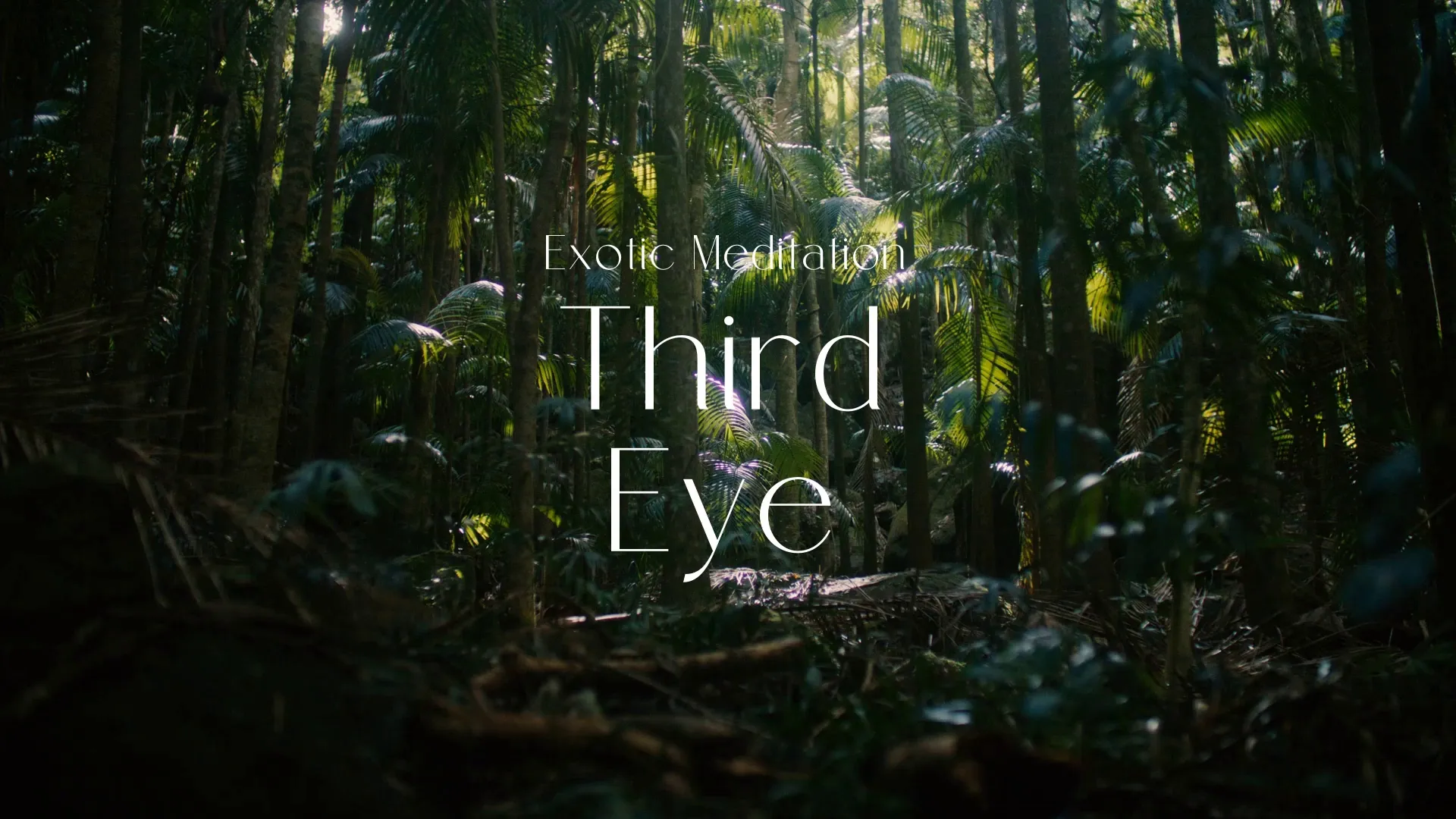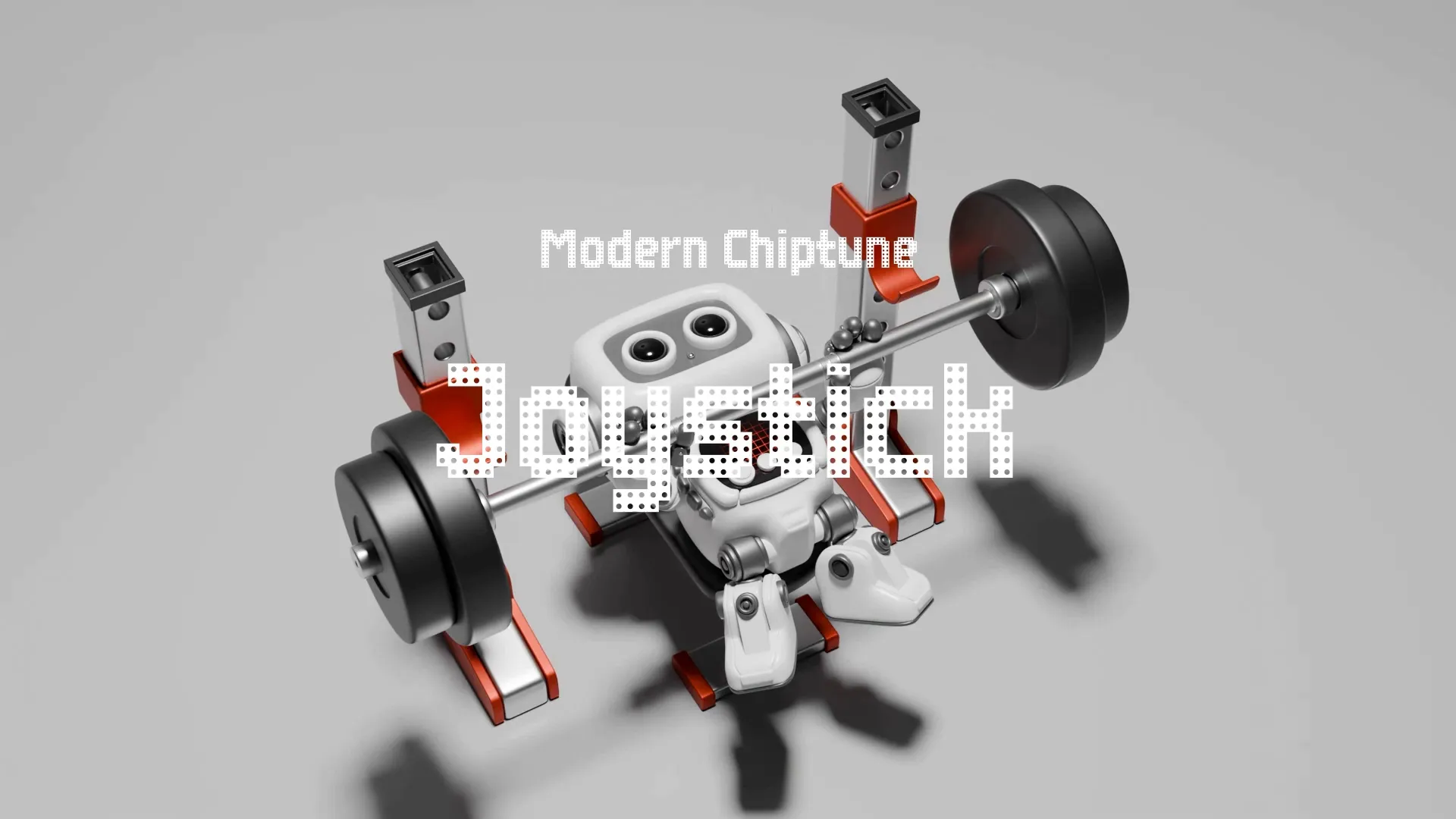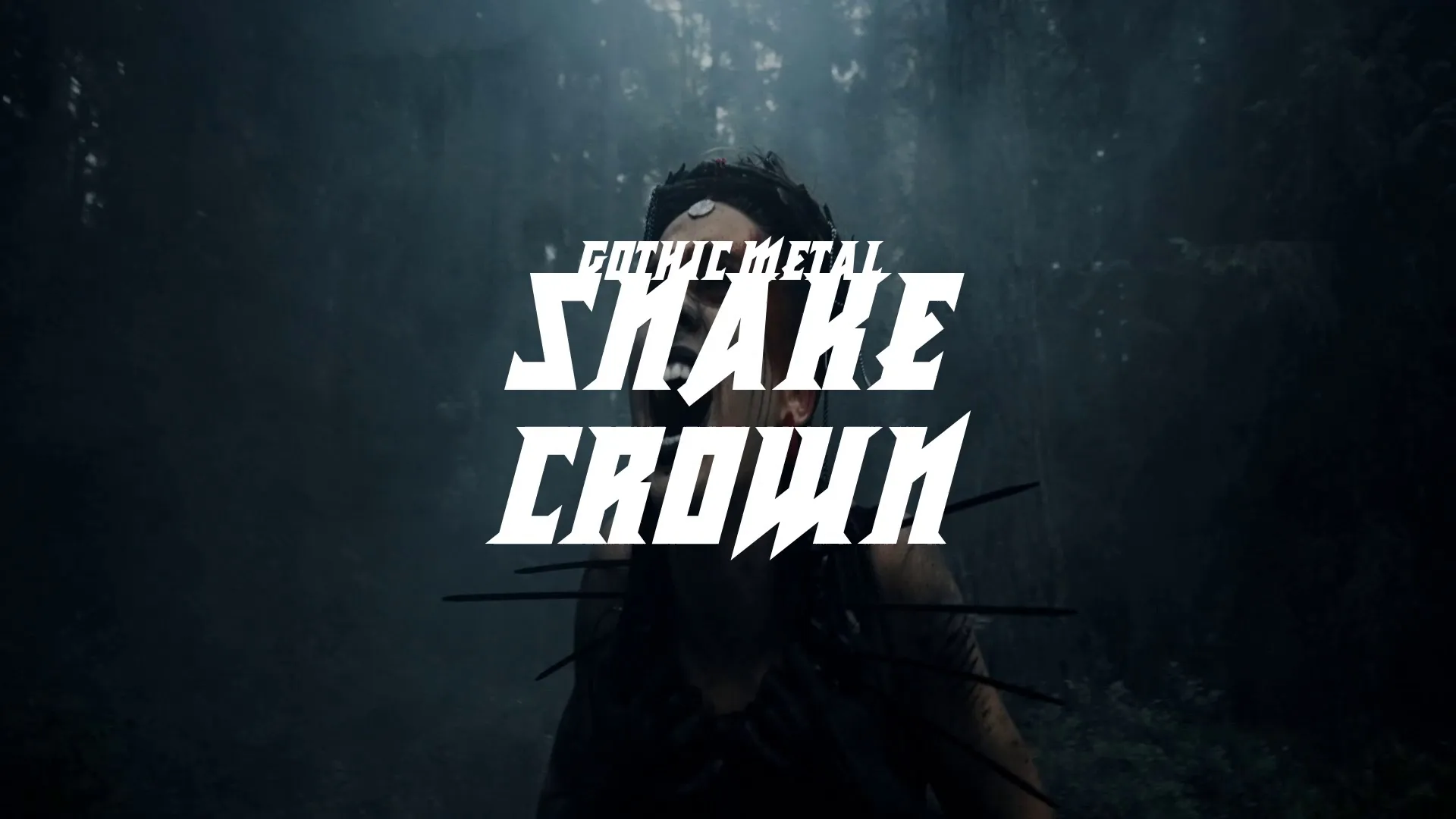Invisible Tutorials: The Future of Game Onboarding
The screams echoed across the digital battlefield, not from enemy fire, but from frustration. A new player, lost in the labyrinthine corridors of “Starfall Titans,” was begging for guidance, a plea I knew all too well. I remembered my first foray into the game, bombarded by pop-up tutorials that felt more like interruptions than assistance. This is a broken system, and games desperately need a better approach to onboarding new players.
The Death of Immersion: Why Traditional Tutorials Fail
The era of the clunky, text-heavy tutorial needs to end. These intrusive lessons pull players out of the immersive world, forcing them to learn abstract concepts instead of experiencing them firsthand. It’s like trying to learn to swim by reading a textbook – you might understand the theory, but you won’t feel the water. This disconnect creates frustration and ultimately drives players away.
Imagine this: You launch a highly anticipated RPG. The opening cinematic is breathtaking, the world is vibrant and brimming with potential. Then, BAM! A wall of text appears, explaining the combat system with diagrams and jargon. The magic is instantly gone, replaced by a feeling of obligation and boredom. This is a prime example of how NOT to introduce your game.
Invisible Tutorials: A Paradigm Shift
The solution lies in “invisible tutorials,” lessons woven seamlessly into the fabric of the gameplay itself. This organic approach prioritizes learning through experience, allowing players to discover mechanics naturally within the context of the game world. It’s about showing, not telling. It’s about designing moments of discovery, not delivering lectures.
Think of “Portal.” There’s no explicit tutorial in the traditional sense. Instead, the game gradually introduces mechanics through increasingly complex puzzles. Each new element, like the portal gun itself, is presented as a challenge, encouraging experimentation and fostering a deeper understanding. The player learns the game by playing the game.
Crafting the Perfect Invisible Tutorial: A Developer’s Guide
Creating effective invisible tutorials requires a fundamental shift in design philosophy. Here’s how to weave learning into your gameplay:
Contextual Clues: Integrate visual and environmental cues to guide players. For example, in a stealth game, highlight interactive objects in a different color when the player is within range. Consider using lighting or sound to draw attention to key areas or mechanics.
Guided Exploration: Structure early levels to gently nudge players towards specific actions. Design the environment to encourage experimentation and discovery. Don’t block paths completely; instead, create subtle obstacles that require the player to use a particular skill.
Meaningful Challenges: Introduce new mechanics through challenges that are both engaging and educational. Avoid overly simplistic tasks that feel like busywork. Instead, create scenarios that require players to apply their knowledge in creative ways.
Subtle Feedback: Provide immediate and clear feedback on player actions. This could be visual, auditory, or haptic. Let the player know when they’re doing something right (or wrong) without explicitly telling them.
Gradual Progression: Introduce new mechanics gradually, building upon existing knowledge. Don’t overwhelm players with too much information at once. Break down complex systems into smaller, more manageable chunks.
Embrace Failure: Allow players to fail and learn from their mistakes. Failure can be a powerful teaching tool, especially when it’s coupled with clear and concise feedback.
Case Study: “Breath of the Wild” and the Great Plateau
“The Legend of Zelda: Breath of the Wild” is a masterclass in invisible tutorial design. The Great Plateau serves as a controlled environment where players learn the core mechanics of the game. Link regains his abilities gradually, and the environment is designed to encourage exploration and experimentation.
Create a free account, or log in.
Gain access to free articles, game development tools, and game assets.











.webp)






.webp)




